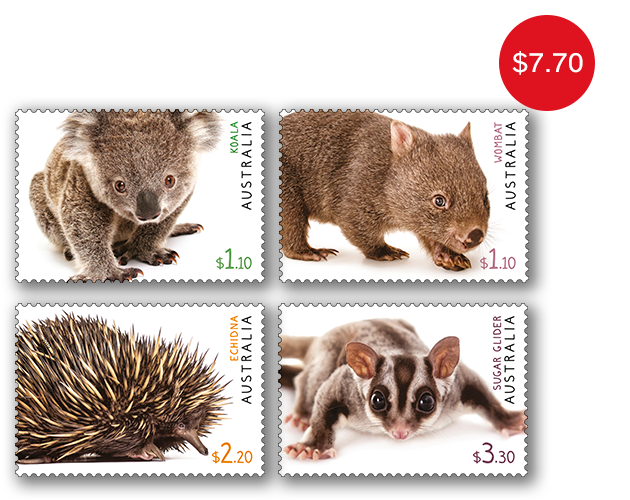
Set of Australian Fauna II stamps
This set of stamps contains all four stamps from the Australian Fauna II stamp issue.
Fauna is a popular theme with collectors and the general public alike. Australia boasts an impressive array of faunal species, many of which have become iconic symbols at home and overseas.
Mammals are divided into three groups: monotremes, marsupials and placental mammals, the latter being the largest group (which includes humans). Marsupial mammals give birth to tiny babies that crawl into a pouch on the outside of the mother’s abdomen, to continue their development. Monotremes differ greatly from marsupials and placental mammals, due to their low body temperature and the fact that they lay eggs. Their name comes from the fact that they have only one body opening.
A follow-up issue to the Australian Fauna stamp issue, released in March 2019, this stamp issue presents four fascinating Australian mammals: a ground-dwelling marsupial – the Common Wombat (Vombatus ursinus); two tree-dwelling marsupials – the Koala (Phascolarctos cinereus) and the Sugar Glider (Petaurus breviceps); and a monotreme – the Short-beaked Echidna (Tachyglossus aculeatus). The animals presented span a variety of physical and behavioural traits.
| Issue date | 16-December-2019 |
| Issue withdrawal date | TBA |
| Denominations | 2 x $1.10, 1 x $2.20, 1 x $3.30 |
| Stamp & Product design | Sonia Young, Australia Post Design Studio |
| Paper: gummed | Tullis Russell |
| Paper: self-adhesiv | Securepost MC90 |
| Paper: rolls | RAF Unik |
| Printer | RA Printing |
| Printer: rolls | Multicolor |
| Paper - self-adhesive | SecurePost MC90 |
| Paper: rolls | RAF Unik |
| Printing process | Offset lithography |
| Printer process: rolls | Flexography |
| Stamp size | 37.5 x 26 |
| Perforations | 13.86 x 14.6 |
| Sheet layout | Modules of 50 |
| FDI postmark | Greenbushes WA 6254 |
| FDI withdrawal date | 31-January-2020 |
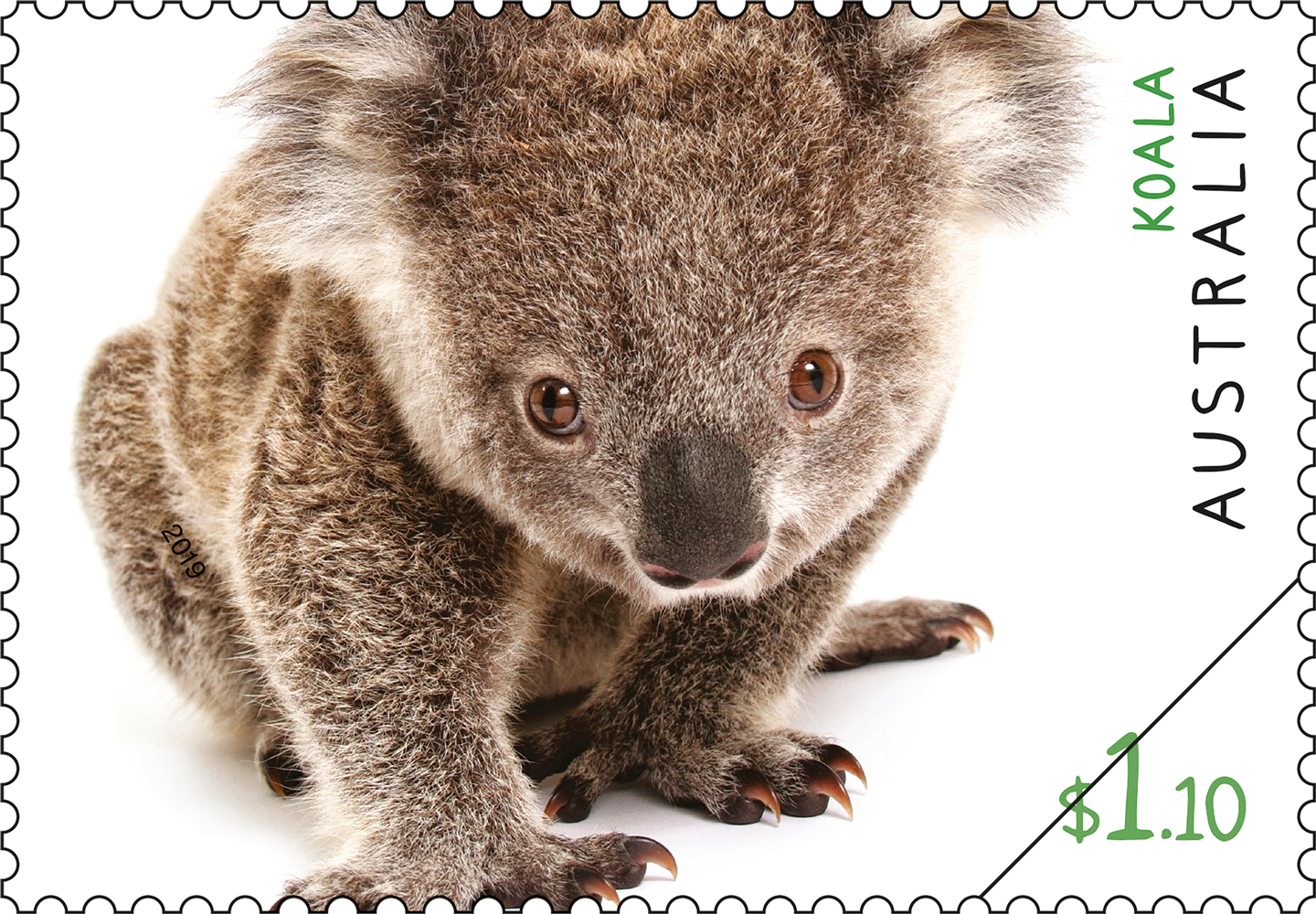
The Koala is one of Australia's best-known animals. This territorial, nocturnal creature has soft, thick grey fur on its body and white fur on its chest. It lives in eucalyptus forests, rarely moving out of its home range, where it eats up to 500 grams of eucalyptus leaves per day. To adapt to a diet so fibrous and low in nutrition, the Koala sleeps somewhere between 18 and 22 hours each day. The Koala’s main habitats are limited to eastern Australia, and there are concerns about population decline due to a range of factors, including habitat destruction and disease.

Wombats are the largest burrowing mammals in Australia. These stocky creatures dig vast burrow systems of up to 20 metres long, more than two metres below the ground, with their rat-like front teeth and powerful claws. The rump of the wombat is covered by a very tough, thick skin that is often used as protection from attackers, as it dives into its burrow or a hollow log.
The Common Wombat, the species featured on the stamp, is the only living member of its genus Vombatus, though it is similar in appearance to Australia’s two other wombat species, the main difference being the absence of hair on its nose and courser fur. The Common Wombat’s main habitats are limited to south-eastern Australia.
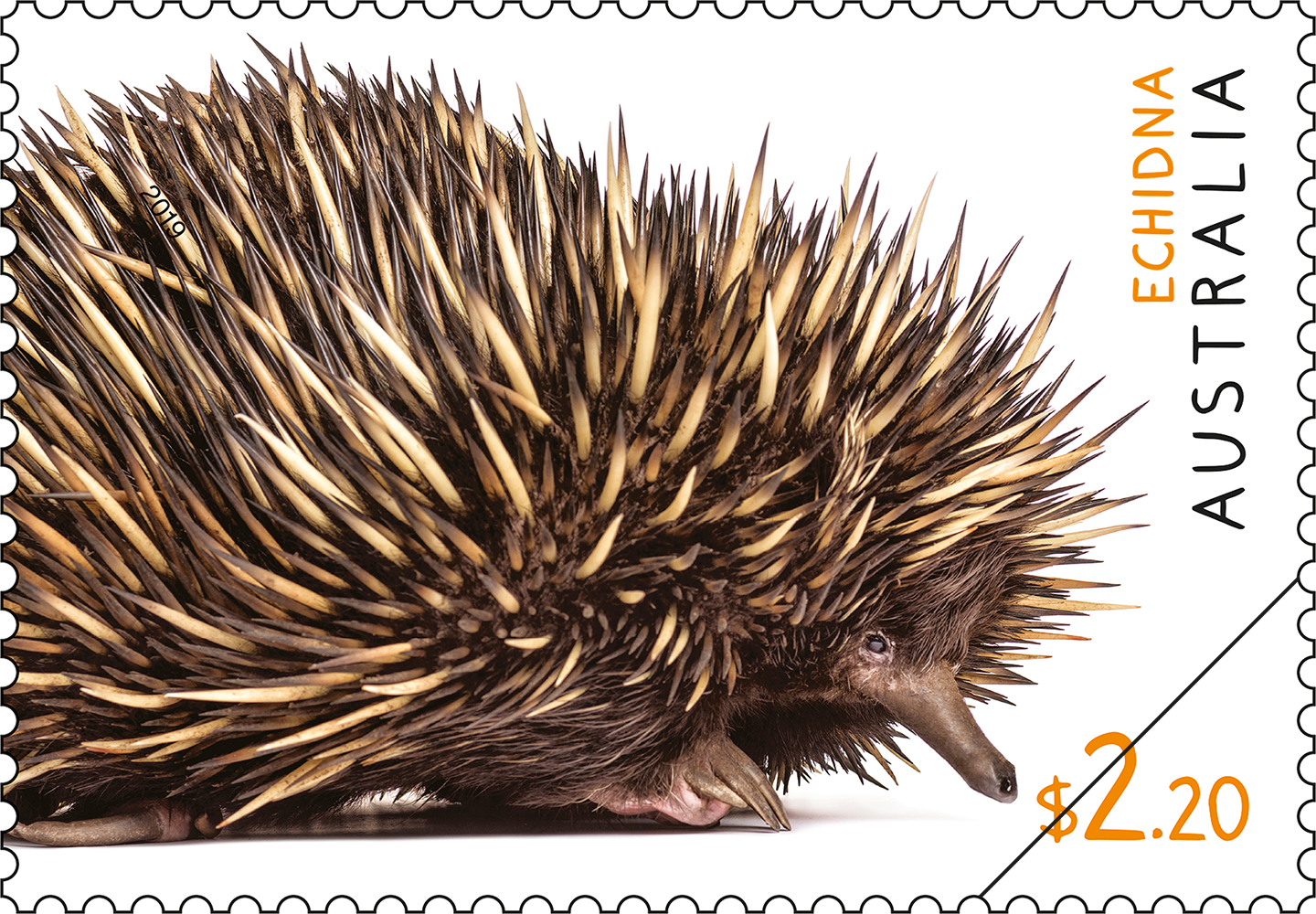
The Short-beaked Echidna is found across Australia, including in some urban areas. It prefers forests and woodlands, heath, grasslands and arid environments. This shy creature uses its spikes to defend itself (rolling into a ball if frightened) and its thin, burrowing nose helps it to find ants and termites to eat. Echidnas and the Platypus are the only extant monotremes in the world. The Short-beaked Echidna is Australia’s only echidna species; the Long-beaked Echidna lives in New Guinea.
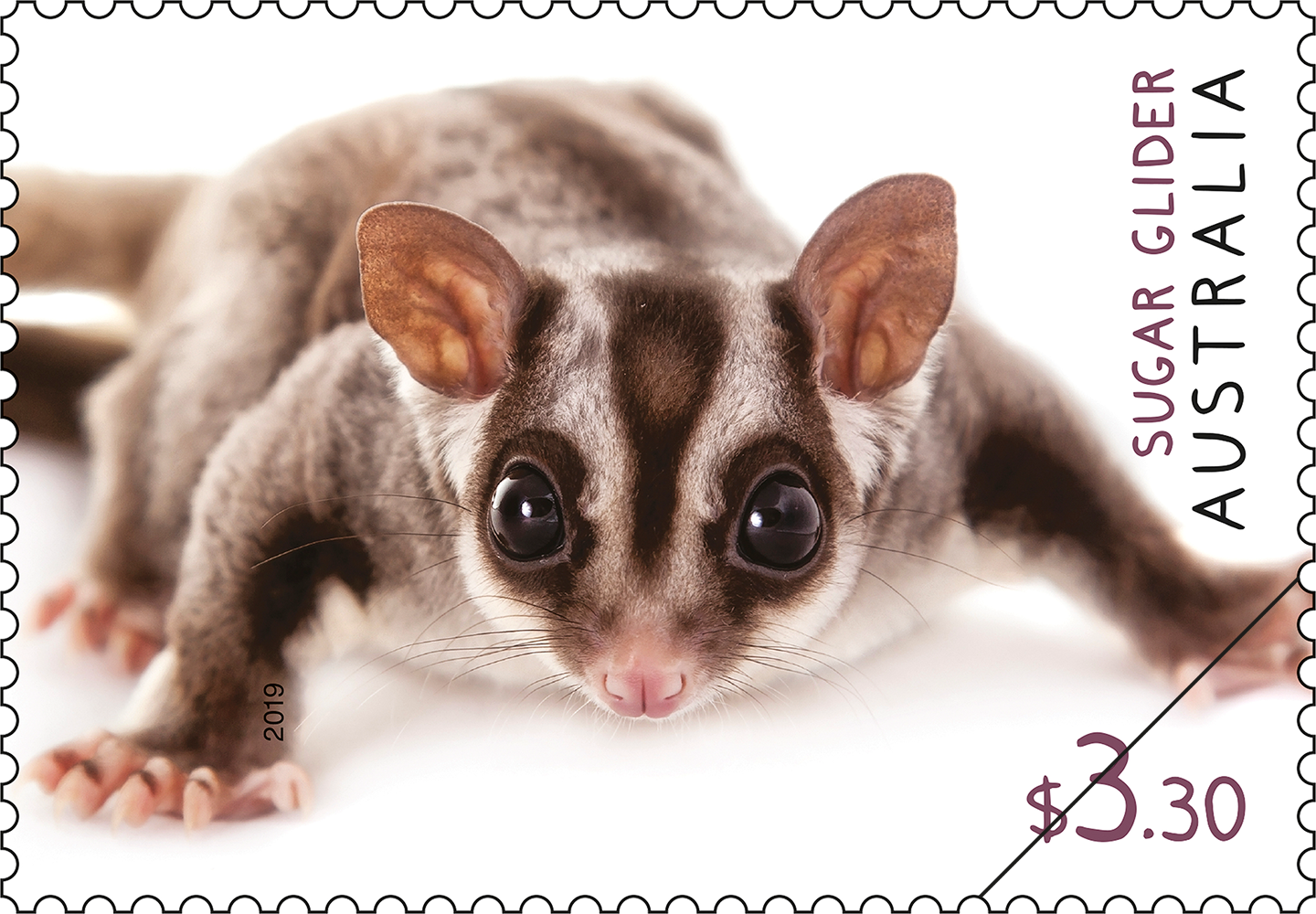
Sugar gliders are palm-sized, tree-dwelling marsupials that can glide or “fly” around 50 metres, using their bushy tails are rudders. These omnivorous possums are native to tropical and cool-temperate forests in Australia (where they can be found in all states and territories), as well as in Indonesia and Papua New Guinea. Closely related to kangaroos, these tiny nocturnal creatures use their large eyes to see in the dark, also aided by a large field of vision.

This set of stamps contains all four stamps from the Australian Fauna II stamp issue.
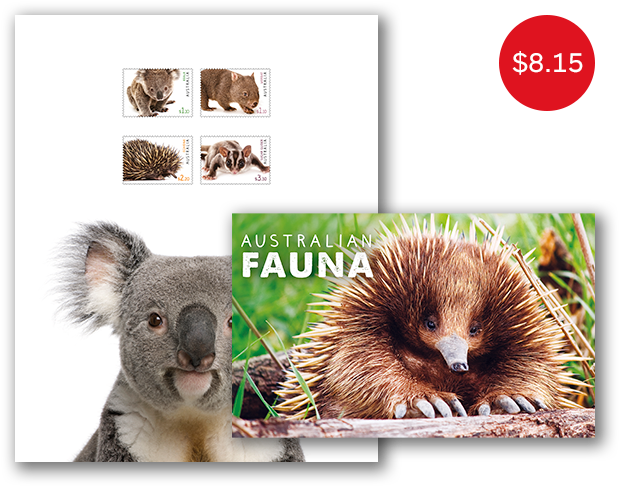
The Australian Fauna II stamp pack contains all four stamps from the stamp issue presented in high quality folder.
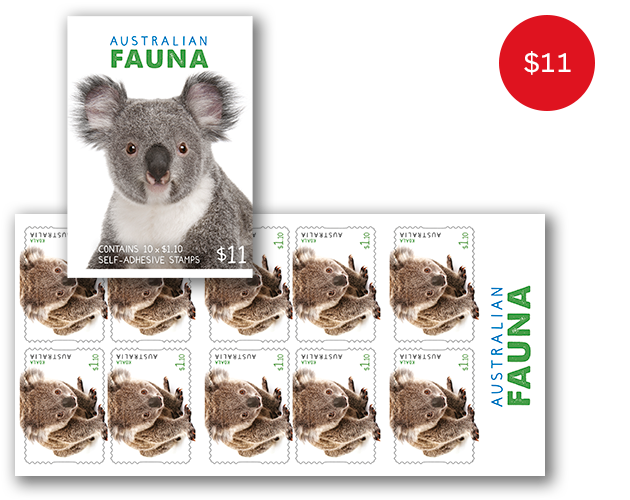
This booklet contains 10 x $1.10 self-adhesive Koala stamps from the Australian Fauna II stamp issue.
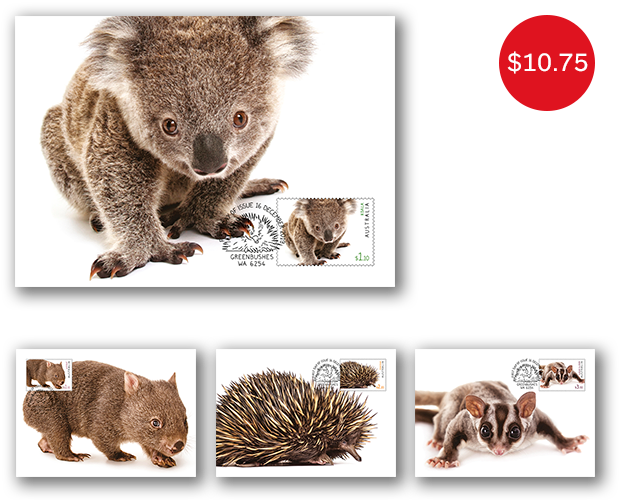
This maxicard set contains the four maxicards from the Australian Fauna II stamp issue.
This content was produced at the time of the stamp issue release date and will not be updated.
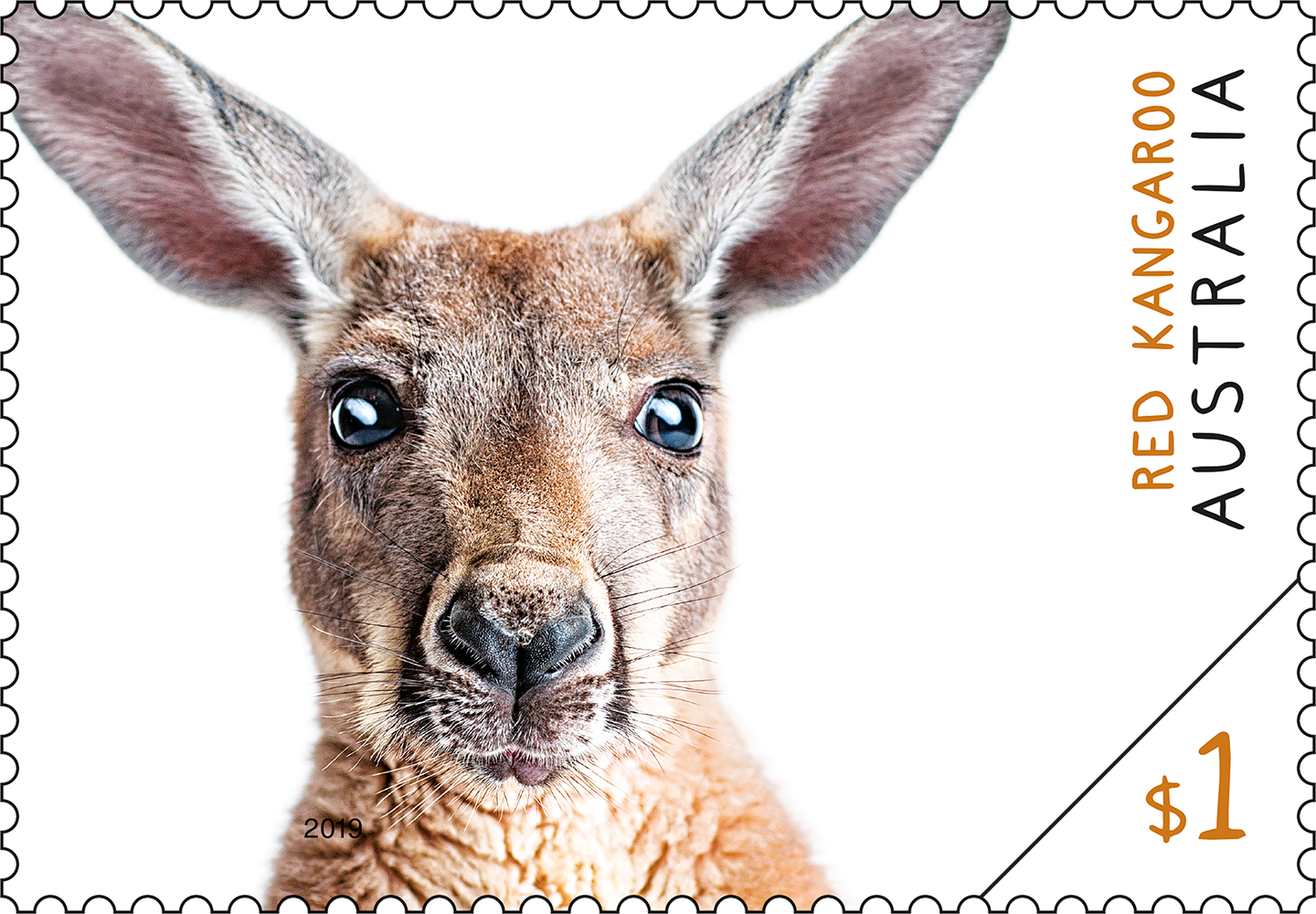
Issue date: 05 March 2019

Issue date: 26 September 2016
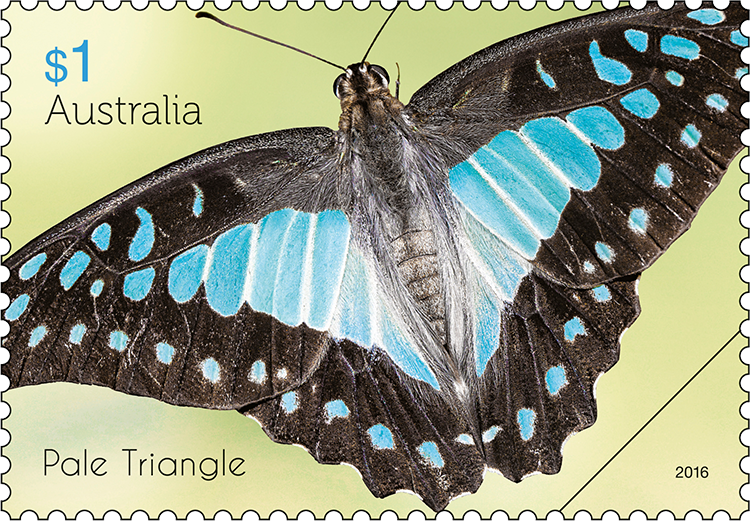
Issue date: 03 May 2016

Issue date: 13 January 2015